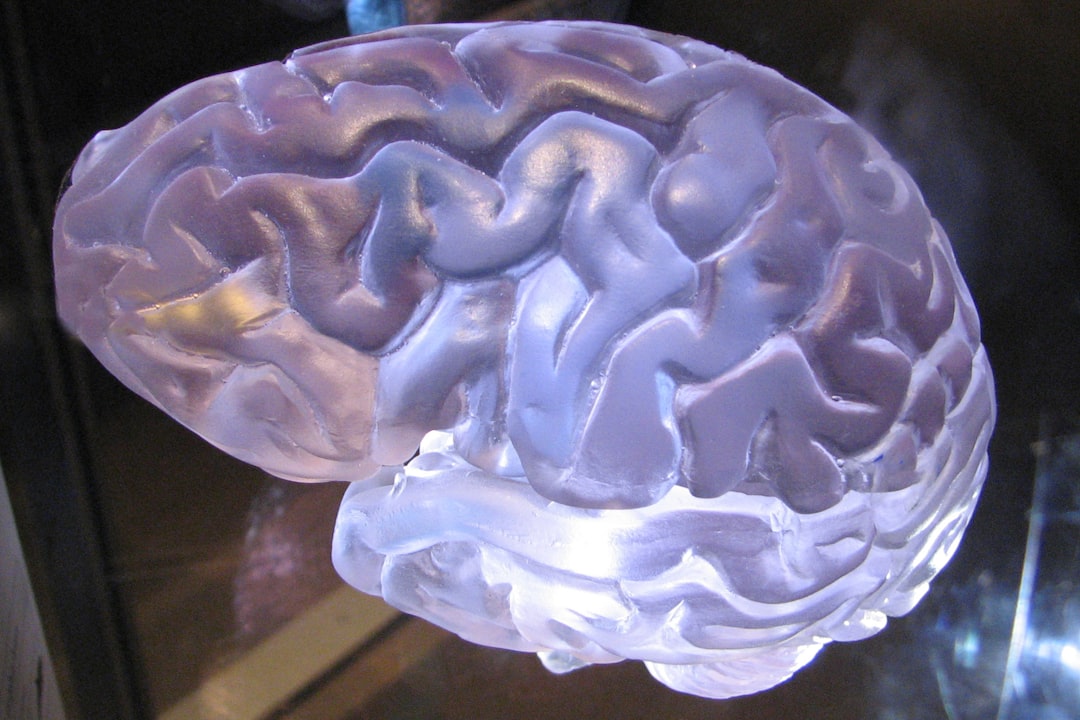What is it about?
Many materials solidify and drop out of equilibrium when cooled below their glass transition temperature. This difficulty of glasses with finding their lowest-energy configurations is often attributed to their potential energy landscapes: rugged, barrier-filled surfaces spanning an abstract high-dimensional configuration space. Computational approaches typically also find that these surfaces are very difficult to navigate. We report that for three glassy systems the energy landscapes are unexpectedly pervaded by narrow and deep canyon-like structures, with glassy states and the earlier-noted rugged surfaces lining the canyon floors. Our computational approach, based on a method called metadynamics, shows that the canyons’ walls can be used for effective navigation, and be followed directly to progressively lower energy states.
Featured Image

Photo by Joe Gardner on Unsplash
Why is it important?
Our study gives several insights into the nature of glassy states and the glass transition. For one, the canyons are very narrow, and become narrower as they meander to lower energy. The resulting entropic penalty may effectively prevent a glass (or a conventional simulation of a glass) from ever reaching the lowest energy states. Moreover, when we studied the shape of the canyon floors, they were found to be low-dimensional and roughly fractal; remarkably, the shapes of the canyon floors in the landscapes in three different glass models were very similar. This might provide an explanation for how different glasses can display such similar phenomena when cooled. Lastly, the discovery of these canyons should inspire new methods for discovering very low energy glassy states, providing insights into glasses and perhaps related problems such as protein folding or deep learning.
Perspectives
This was a totally serendipitous discovery—normally metadynamics does not work on high-dimensional problems, and yet here it is working well in 1000-dimensional space. Our method only works because the low energy canyon floors are roughly 2 or 3 dimensional, and of course we didn't know beforehand that the canyon floors were there until our algorithm literally fell into them.
John Crocker
University of Pennsylvania
Read the Original
This page is a summary of: Exploring canyons in glassy energy landscapes using metadynamics, Proceedings of the National Academy of Sciences, October 2022, Proceedings of the National Academy of Sciences,
DOI: 10.1073/pnas.2210535119.
You can read the full text:
Contributors
The following have contributed to this page










